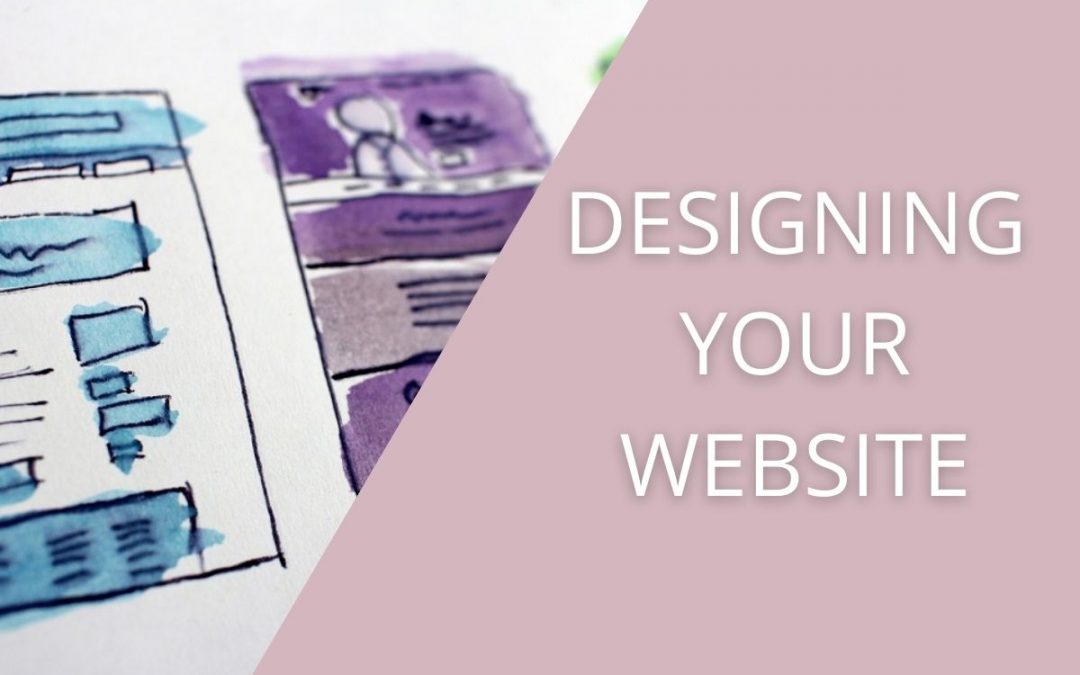
The relationship between a successful business and their website
A successful business will often have a well-designed website that effectively represents the company and helps it achieve its goals. The website will be regularly updated with fresh content, such as blog posts or product updates, to keep visitors engaged and returning to the site.
Ultimately, the relationship between a successful business and its website is one of mutual support and reinforcement. A “cared for” website helps the business reach and serve more customers, whilst a successful business helps to drive traffic and credibility to the website.
Here’s what to consider when reflecting on your own website and whether it needs some TLC:
A Clean and Professional Design
A successful website has a polished, professional look that inspires confidence in the business.
Easy Navigation
A successful website is easy to navigate, with clear headings and links to help visitors find what they’re looking for quickly and easily.
High-Quality Content
A successful website has well-written, informative content that provides value to visitors and showcases the business’s expertise. The most important message is how to solve your client’s “pain points”.
Responsive Design
A successful website is designed to be responsive, so that it looks and functions well on a variety of devices, including desktop computers, tablets, and smartphones.
Strong Calls to Action
A successful website always includes clear calls to action, such as “Contact Us,” “Sign Up,” or “Buy Now,” to encourage visitors to take the next step and become customers.
What website design questions would you like to ask?
If you’d like to dicuss anything further, then why not get in touch and we can have a chat.





